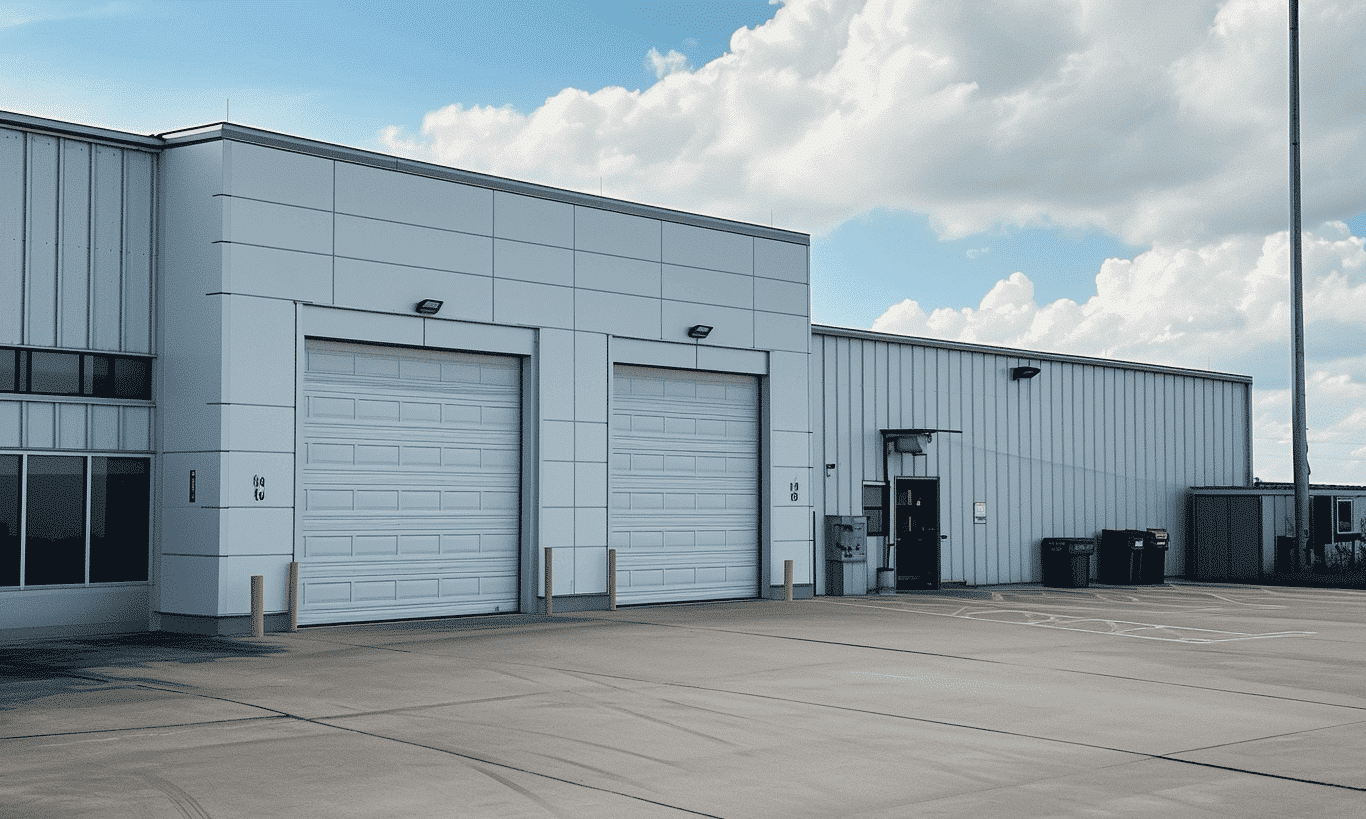When you picture a construction site bustling with activity, you can almost hear the chorus of jackhammers, bulldozers, and drills filling the air. These sounds are so intertwined with construction that they seem inevitable. Yet, in urban areas where residential, Commercial Construction, and retail spaces coexist, managing construction noise becomes more than a pleasant consideration; it’s a necessity for quality of life. Without appropriate construction noise regulations, living in a city could quickly become a cacophony of disruption. But how do municipalities strike the right balance between development and maintaining peace for residents?
Understanding Construction Noise Regulations
Construction noise regulations are like the rulebook for maintaining harmony in the midst of urban development projects. These directives are essential for ensuring that the inevitable sounds of growth do not become overwhelming disturbances. But what are these regulations, and how do they function to keep the urban symphony in key?
In essence, construction noise regulations are rules set forth by governmental bodies that restrict the level and timing of noise that construction activities can produce. These regulations often vary widely between regions, taking into account unique local considerations such as population density and existing noise levels. The overarching goal of these rules is to protect community tranquility while accommodating the necessary growth and development projects that towns and cities need.
The Impact of Noise on Communities
Noise pollution is a silent invader with profound impacts on community health and well-being. Prolonged exposure to loud construction noise can contribute to a slew of health issues such as increased stress levels, sleep disturbances, and even increased cardiovascular risks. Moreover, the constant din can adversely affect workplace productivity and adversely impact children’s learning environments in nearby schools.
Given these potential impacts, it’s clear why construction noise regulations are not just bureaucratic red tape. They fulfill a critical role in safeguarding public health and maintaining a high quality of life in areas affected by development projects.
Key Elements of Effective Noise Regulations
To effectively manage construction noise, municipalities often incorporate several components into their noise regulations. These can include:
Exploring the Toronto Municipal Code – Construction Noise Regulations
In Canada, noise management varies significantly from one province to another and even between cities. For instance, the Toronto Municipal Code – Construction Noise Regulations is one such document designed to manage the city’s construction-related noise. Toronto adapts its policies to accommodate both the need for growth and the essential tranquility of its residents. These regulations can serve as a model for other urban areas, showcasing how cities can evolve sensibly.

Regulatory Challenges and Community Efforts
Despite best intentions, enforcing construction noise regulations isn’t an immaculate science. It requires constant adaptation to new technologies and changing societal expectations. One major challenge is technology itself: as construction equipment becomes more advanced, so do the noise levels they might produce.
Communities play a pivotal role in reporting noise pollution and participating in public planning sessions to discuss upcoming construction projects. Public feedback is invaluable in shaping noise regulation amendments and ensuring they are practical and effective.
Balancing Construction with Effective Stormwater Management
Beyond noise, construction projects often create another potential disturbance: water runoff and stormwater management. New developments must be meticulously planned to protect local water systems. Building teams may look to Stormwater Management Codes to mitigate related environmental impacts, ensuring the site maintains harmony with its natural surroundings.
The Future of Construction in Ontario
A case in point is the increasing popularity of Ontario Steel Structures, which are not only innovative but adhere to strict building and noise regulations. These structures symbolize advancement in balancing durability, utility, and regulatory compliance, paving the path for efficient development with minimal noise impact.
Ensuring Multifamily Housing Code Compliance
Another aspect of development that intertwines with noise considerations is multifamily housing. In these densely packed areas, maintaining tranquility becomes exponentially critical. Builders are required to meet Multifamily Housing Code Compliance standards to ensure structural integrity while also managing noise levels appropriately.
Conclusion: Constructing a Quieter Future
As construction noise continues to be a paramount consideration in urban development, adequately deploying robust noise regulations remains crucial. These measures are integral to protecting communities’ well-being and supporting sustainable growth in our rapidly urbanizing world. Establishing and regularly updating construction noise regulations offers a viable path for municipalities to nurture peaceful cohabitation between residential areas and monumental construction activities. The ongoing dance between development and regulation underscores an evolving partnership that values tranquility alongside progress—because after all, who wouldn’t want a harmonious melody in the bustling city symphony?










